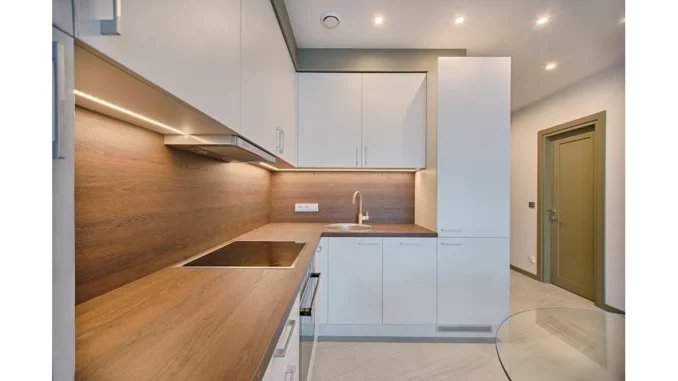
The recent approval of the final housing plans for the historic Bangour Village site marks a pivotal moment in the urban development landscape of West Lothian. This ambitious project involves the transformation of the former Bangour Village Hospital into a vibrant residential community. With plans for nearly 1,000 homes, the development aims to harmonise the preservation of the site’s rich historical legacy with the necessities of modern living, generating both excitement and cautious optimism among stakeholders.
Focus360 Energy: property compliance services – pre-planning to post-construction. Learn more.
Bangour Village Hospital, established in the early 20th century, is a site imbued with history. Originally conceived as a self-sufficient community for its patients, the hospital complex included a church, recreation hall, and various other amenities. Over the decades, it has witnessed significant historical events, including its use as a military hospital during both World Wars. Since its closure in 2004, however, the site has largely succumbed to neglect, placing many of its historic buildings at risk. The approved development plans seek to counteract this decline by incorporating the preservation and conversion of several listed buildings. Notable structures, such as the A-listed church and recreation hall, are slated for repair and integration into the new community. This strategy not only safeguards Bangour’s architectural heritage but also provides residents with a living environment that seamlessly blends historical charm and modern amenities.
The development plan for Bangour Village is expansive, with provisions for up to 998 homes, offering a diverse array of housing types to meet various needs. The project includes detached, semi-detached, and townhouse properties, with 20% of units designated as affordable housing. This commitment to affordability is crucial in addressing local housing needs and ensuring the development remains inclusive and accessible. Beyond residential units, the plan encompasses a new primary school, a community retail hub, and extensive public open spaces. These elements are designed to cultivate a sense of community and equip residents with essential services and recreational opportunities. The inclusion of a shared district heating system further highlights the project’s dedication to sustainability, aiming to reduce the carbon footprint of the new homes.
Community engagement has been a cornerstone of the Bangour development process. The developers, Ambassador Group, have established a Community Liaison Group to maintain an ongoing dialogue with local residents and stakeholders. Such a collaborative approach is essential to address community concerns and align the development with the aspirations of the local populace. Environmental considerations also play a significant role in the planning process. The site is home to mature woodlands and various wildlife species, necessitating a thoughtful approach to minimise ecological impact. A comprehensive landscape enhancement plan aims to preserve and enhance the area’s natural beauty while providing footpath connections to encourage walkability and outdoor activities.
Traffic management is yet another critical consideration, given the anticipated increase in vehicular movement. Developers are tasked with implementing a suite of traffic management measures and developing a travel strategy that promotes sustainable transport options. This strategy includes funding for improved public transport connections to nearby train stations and other services, thereby reducing reliance on private vehicles. While the Bangour development presents numerous opportunities, it also poses challenges that must be addressed. The preservation of listed buildings, while crucial, is a complex and costly endeavour. Ensuring these structures are restored to their former glory while meeting modern building standards demands meticulous planning and execution. Additionally, integrating modern infrastructure with historical elements requires a delicate balance. The development must retain the site’s historical character while providing the amenities and conveniences expected in contemporary living environments. Achieving this balance is vital to creating a community that respects its past while embracing the future.
As the Bangour development progresses, it stands as a model of how historical sites can be revitalised to meet modern needs. The project exemplifies the potential of thoughtful urban planning that prioritises heritage preservation, sustainability, and community engagement. The transformation of Bangour Village underscores the power of adaptive reuse and the significance of preserving cultural heritage. By merging historical preservation with modern development, the project offers a unique living environment that celebrates the past while looking towards the future. As the first homes become available, the community eagerly anticipates a new chapter in Bangour’s storied history, confident that it will enrich the lives of both new and existing residents.


Be the first to comment